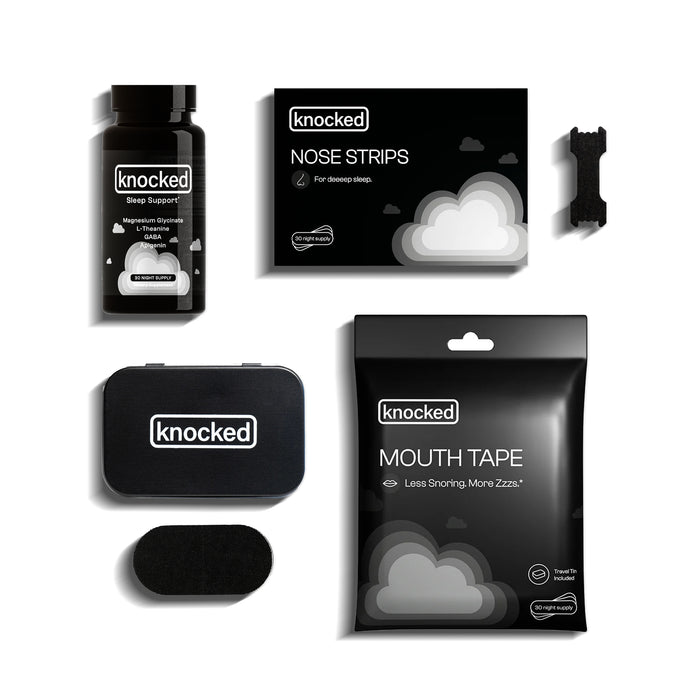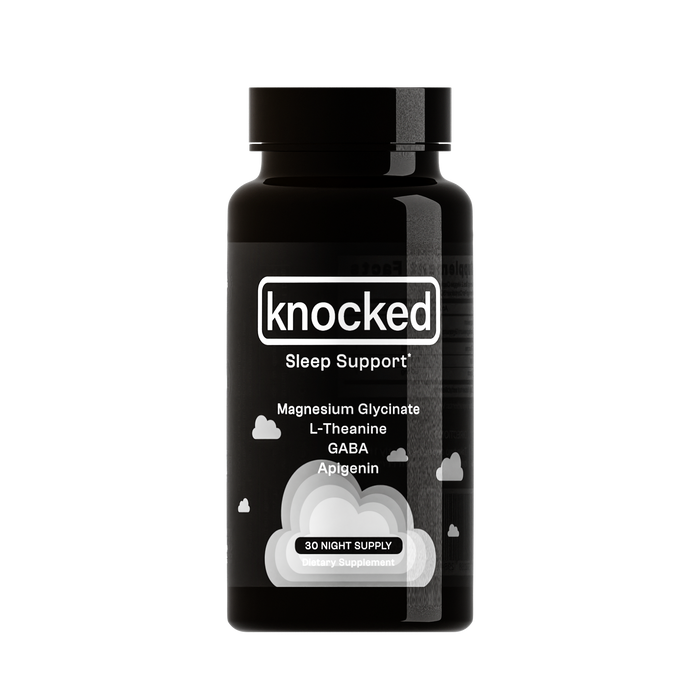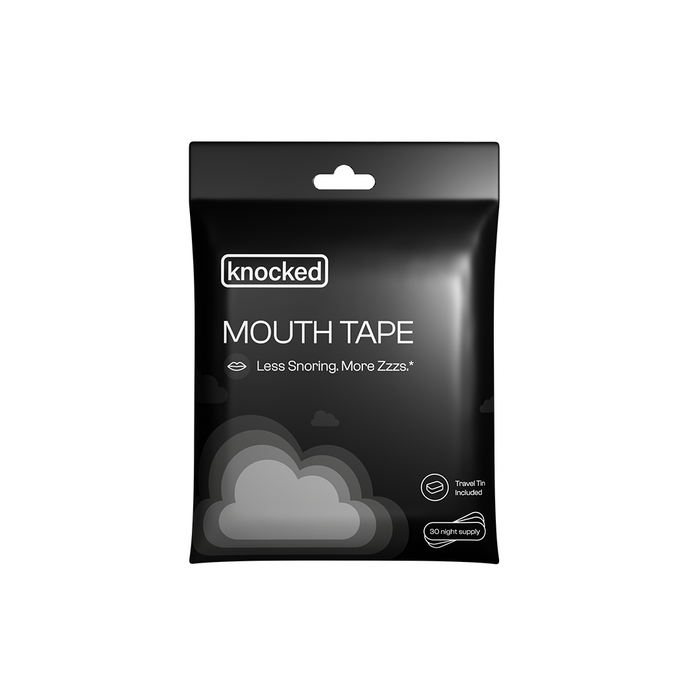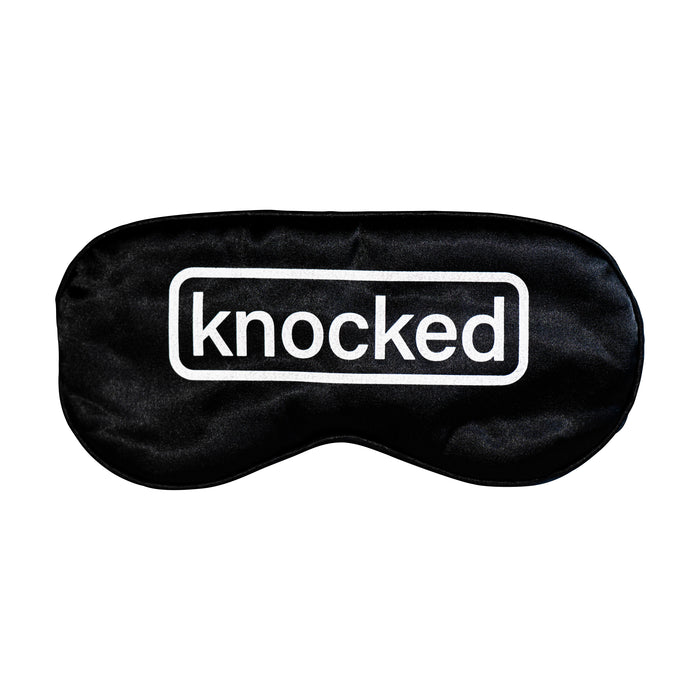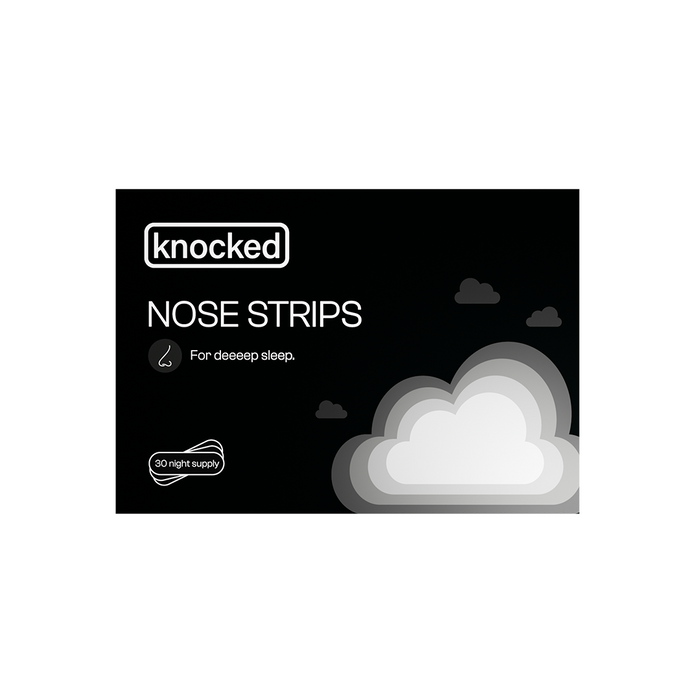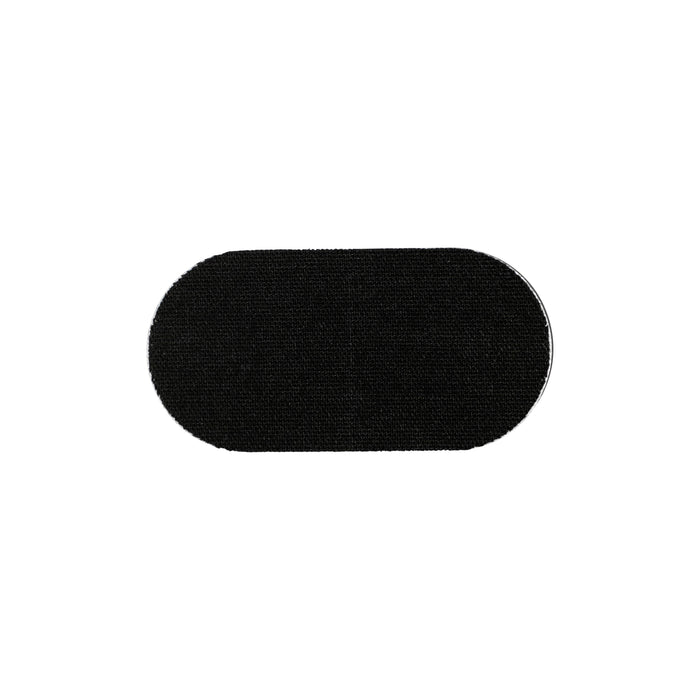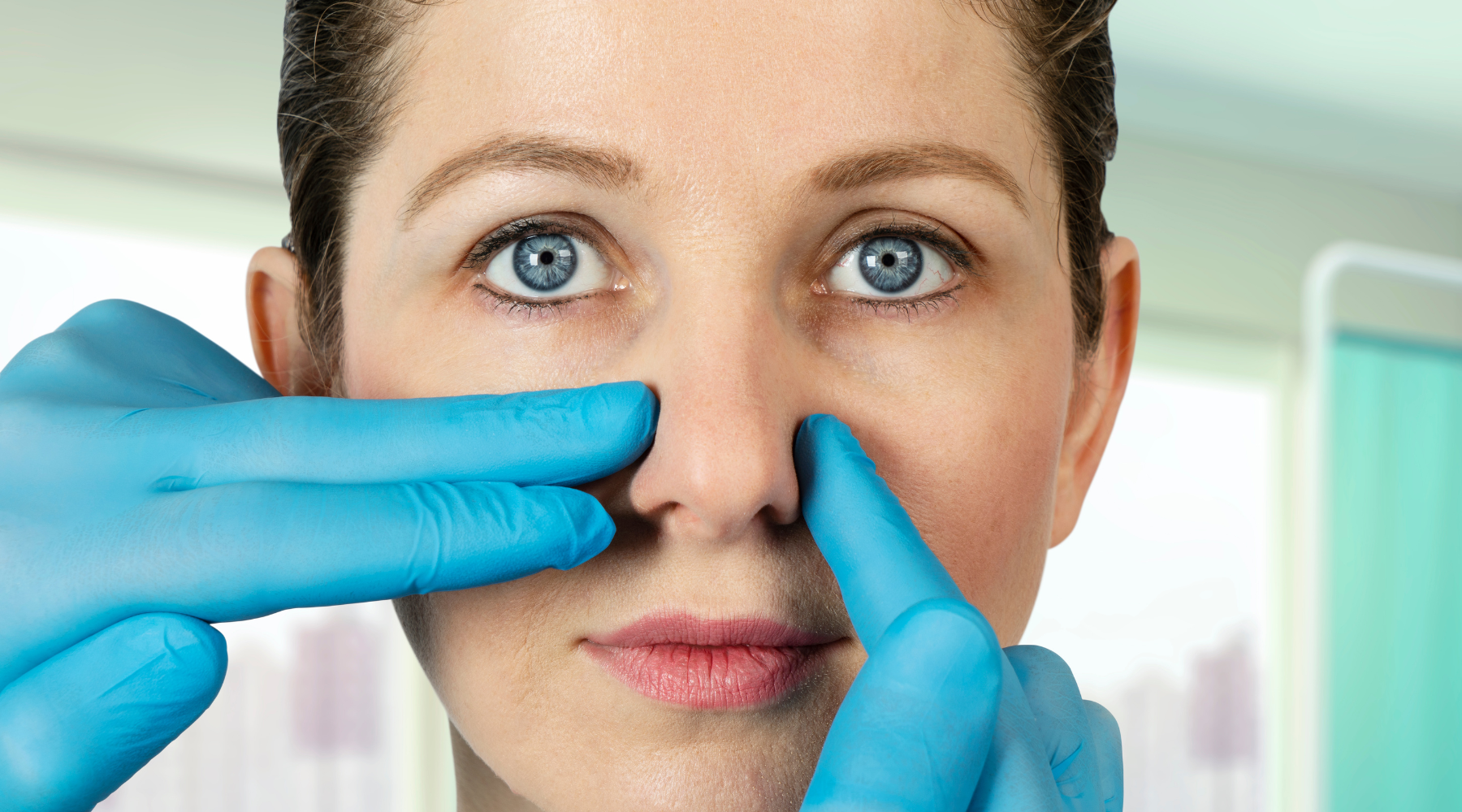

The Impact of Mouth Taping on Sleep Quality: Statistics and Facts
Mouth taping is a simple technique that has garnered attention for its potential to improve sleep quality by encouraging nasal breathing. By placing a specially designed tape over the lips before bedtime, individuals can prevent mouth breathing and experience a more restful and uninterrupted sleep. In this article, we'll delve into the impact of mouth taping on sleep quality by examining statistics and facts from relevant studies.
The Connection Between Nasal Breathing and Sleep Quality:
Nasal breathing is the natural and preferred method of respiration, offering numerous benefits such as filtering, warming, and humidifying the inhaled air. It also aids in the production of nitric oxide, which is vital for blood flow regulation, immune system function, and overall well-being (1). When we sleep, our bodies are designed to switch to nasal breathing; however, factors such as allergies, congestion, or habit can lead to mouth breathing, which in turn may result in sleep issues like snoring, sleep apnea, and poor sleep quality.
Mouth Taping and Sleep-Related Breathing Disorders:
Research suggests that promoting nasal breathing can alleviate the symptoms of sleep-related breathing disorders such as snoring and sleep apnea. In a study involving 30 adult patients with sleep apnea, the participants experienced a significant reduction in the apnea-hypopnea index (AHI) when they switched from mouth breathing to nasal breathing (2). Another study found that children who breathed through their noses had fewer sleep disturbances and improved sleep quality compared to those who breathed through their mouths (3).
Improved Sleep Quality with Mouth Taping:
While direct research on mouth taping is limited, anecdotal evidence and studies focusing on nasal breathing suggest that the technique can contribute to better sleep quality. In a survey conducted on mouth taping users, 77% of respondents reported improved sleep quality, 68% experienced reduced snoring, and 60% felt more rested upon waking up (4).
Safety Considerations:
It's crucial to consider safety when using mouth tape. Hypoallergenic tapes explicitly designed for this purpose should be used, and individuals with pre-existing health conditions or concerns should consult a healthcare professional before trying mouth taping. Additionally, if you experience difficulty breathing or any discomfort while using mouth tape, discontinue use immediately and seek medical advice.
Mouth taping is a simple and cost-effective technique that has the potential to improve sleep quality by promoting nasal breathing. While direct research on mouth taping is limited, studies on nasal breathing and anecdotal evidence suggest that the technique can lead to better sleep, reduced snoring, and enhanced overall well-being. As always, consult a healthcare professional before trying any new sleep aids or techniques, especially if you have existing health conditions or concerns.
Sources:
-
Lundberg, J. O., Weitzberg, E., & Gladwin, M. T. (2008). The nitrate–nitrite–nitric oxide pathway in physiology and therapeutics. Nature Reviews Drug Discovery, 7(2), 156–167. https://doi.org/10.1038/nrd2466
-
O'Connor, C., Thornley, K. S., & Hanly, P. J. (2000). Gender Differences in the Polysomnographic Features of Obstructive Sleep Apnea. American Journal of Respiratory and Critical Care Medicine, 161(5), 1465–1472. https://doi.org/10.1164/ajrccm.161.5.9904121
-
Hultcrantz, E., & Löfstrand-Tideström, B. (2009). The development of sleep disordered breathing
